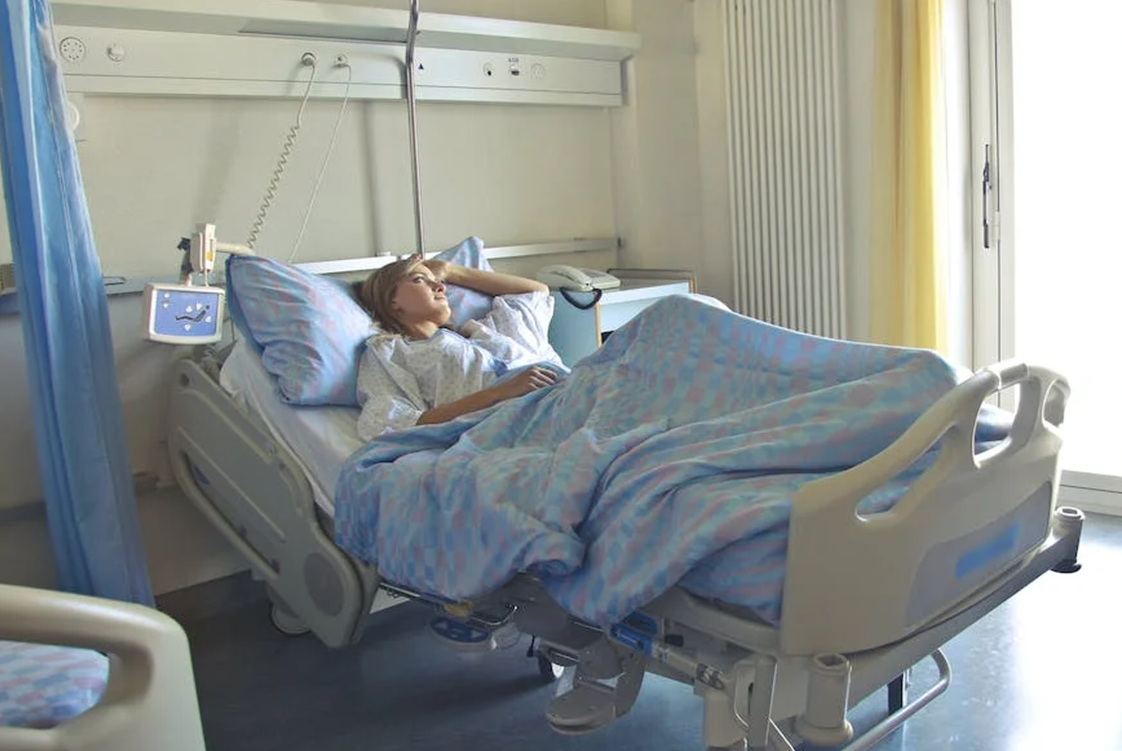Featured News - Current News - Archived News - News Categories
Prevent Cross Contamination of Infectious Microorganisms
by mdsassociates Preventing Cross Contamination of Microorganisms in Healthcare Settings
Preventing Cross Contamination of Microorganisms in Healthcare Settings
Hospitals and other treatment centers face the difficult task of accepting and treating sick patients while aiming to maintain an environment that prevents the spread of infection to other patients, staff and visitors. No one wants to go to the hospital, and certainly no one wants to get sicker while they are there. However, germs lurk throughout hospitals, providing the opportunity for individuals to acquire a serious hospital infection.
Unfortunately, healthcare-associated infections (HAIs) are common enough that anyone is at risk. If an infection doesn’t kill you, it can cause a variety of unpleasant, sometimes difficult, symptoms, including fevers, shortness of breath, and headaches. It can also increase the time in the hospital, lead to a return trip back and prolong the recovery.
Hot Zones
Cross-contamination is defined as the transfer or phyiscal movement of harmful bacteria or other microorganisms from one person, object or place to another. Some obvious areas at high risk for cross-contamination include commonly touched surfaces like bedrails, computer keyboards, over-the-bed tables, commodes, exam instruments, doorknobs and faucets. Additionally, equipment that travels throughout hospital units, such as carts, food trays, imaging devices such as EKGs and portable ultrasounds, all can pose contamination risk if disinfection protocols are not consistently and accurately followed.



